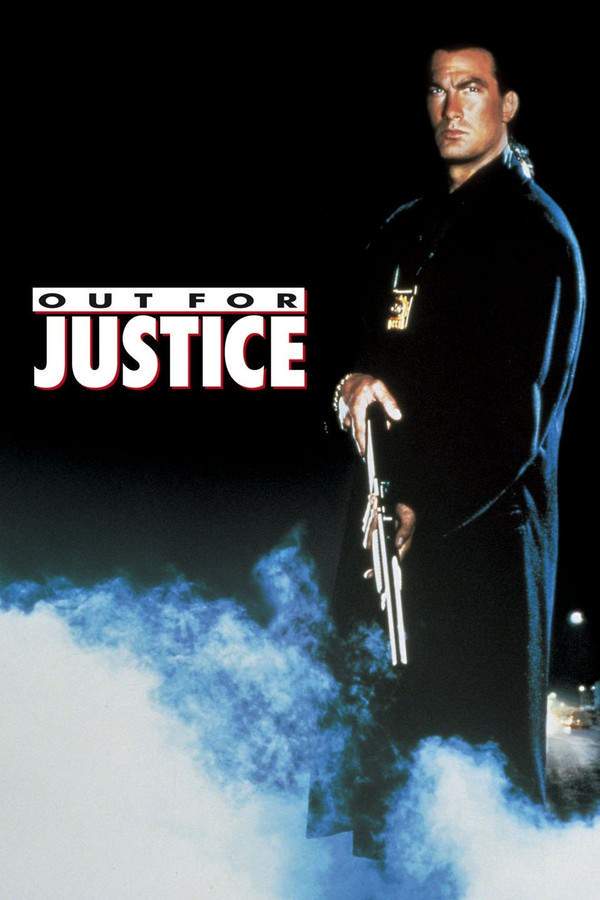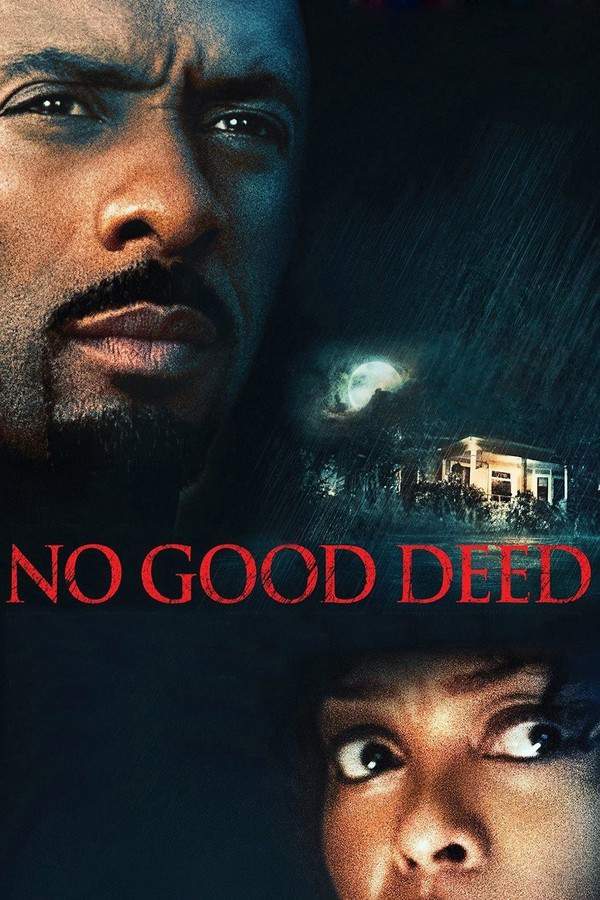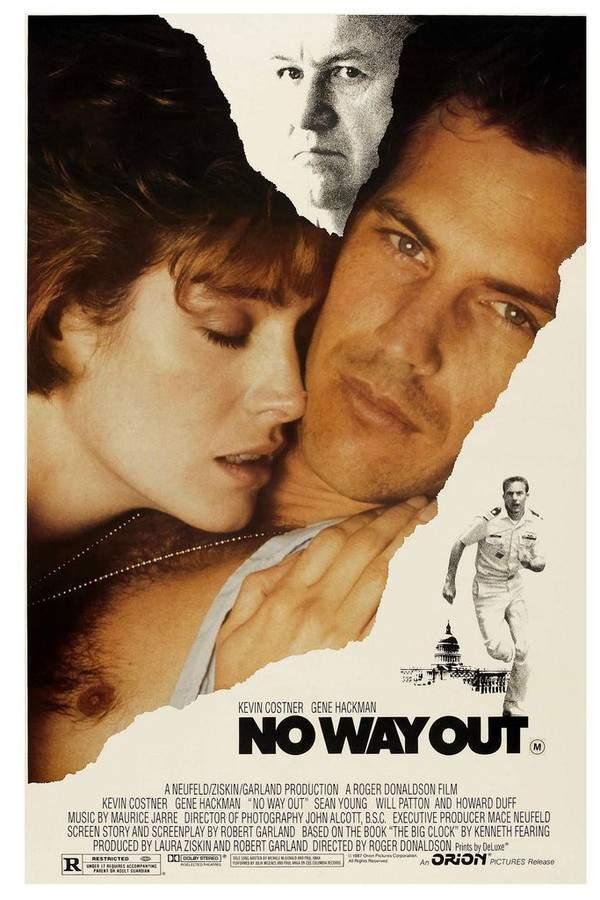
No Way Out
Year: 1950
Runtime: 106 mins
Language: English
Director: Joseph L. Mankiewicz
A pair of street‑wise brothers are rushed to a city hospital after sustaining gunshot injuries. When one brother succumbs to his wounds, the surviving sibling confronts the African‑American physician who treated them, accusing him of causing his brother’s death and igniting a tense showdown that blurs the line between victim and perpetrator.
Warning: spoilers below!
Haven’t seen No Way Out yet? This summary contains major spoilers. Bookmark the page, watch the movie, and come back for the full breakdown. If you're ready, scroll on and relive the story!
No Way Out (1950) – Full Plot Summary & Ending Explained
Read the complete plot breakdown of No Way Out (1950), including all key story events, major twists, and the ending explained in detail. Discover what really happened—and what it all means.
Luther Brooks is the urban county hospital’s first African-American doctor, trained under the watchful eye of chief resident Dan Wharton. Despite Wharton’s encouragement, Luther often doubts his own clinical judgment as he works in the hospital’s prison ward, trying to prove he belongs in a demanding setting.
When the two brothers, Johnny Biddle and Ray Biddle, are brought in after a botched robbery, Luther faces a daunting test. Johnny shows signs of disorientation and dilated pupils, while Ray sprays the room with racist hostility as Luther tries to treat them. The tension is thick, and Luther’s focus is strained by the prejudice swirling around him.
Concerned that Johnny might be suffering from a brain tumor, Luther orders a spinal tap, but Johnny dies during the procedure. Ray’s accusation of Luther’s murder ignites a vengeful resolve, and he vows to make the doctor pay. Wharton supports Luther’s course of action but concedes that the diagnosis may still be wrong, leaving the door open to renewed doubt about the patient’s death.
To settle the question of responsibility, Luther asks for an autopsy on Johnny, but Ray refuses to consent, insisting he doesn’t want his brother’s body “cut up.” The hospital head also blocks the autopsy, fearing a scandal could threaten funding and destabilize the hospital’s future. In a bid to uncover the truth, Luther and Wharton approach Johnny’s widow, Edie Johnson. Edie, who grew up in Beaver Canal with the Biddles, initially refuses to help, yet the conflicts surrounding Johnny’s death pull her into the orbit of the case. She later confronts Ray in the prison ward to understand why he won’t approve the autopsy. Ray argues that Johnny would still be alive if a white doctor had treated him, and accuses the doctors of pressing to autopsy as a way to bury the truth. He also coaxes Edie to inform Rocky Miller about the circumstances, prompting Rocky and his friends to plan an attack on the black section of town.
Edie, accompanied by Ray’s deaf-mute brother George, goes to inform Rocky Miller, and the plan to lash out against the black community takes shape. The city’s black residents hear of the impending violence and prepare to strike first, while a white-backed fear of harm fuels the tension. A black elevator operator’s warning echoes a central question: can a community demand justice when it is so often met with violence?
The race riot explodes, and Luther selflessly tends to the injured while being subjected to hostility from a white bystander who shouts, orders him off and spits in his face. Stunned, Luther steps back but remains determined to help as many victims as he can.
Edie’s visit to Wharton’s home deepens the emotional complexity. Wharton and his maid, Gladys, become part of the broader picture, and Edie learns that Luther has turned himself in for Johnny Biddle’s murder, a move meant to force the coroner to conduct an autopsy. Wharton recognizes that performing the autopsy could reveal the truth and vindicate Luther, while Ray’s anger only grows as the possibility of exposing the truth moves closer to reality.
Ray and George break free, injuring Ray’s wounded leg in the process, and Edie is coerced into contacting Luther. The confrontation moves to Wharton’s empty house, where Ray grips a gun and vents his hatred. Edie arrives, and as the tension peaks, she inadvertently becomes part of a life-saving choice. Luther, wounded but resolute, refuses to let Ray die simply because of racism and enlists Edie’s help in saving him. The sounds of approaching sirens swell in the distance as Luther faces a choice that could redefine both men’s lives.
As the pursuit of justice and survival intersect, the film closes with Luther’s final, defiant word to Ray, spoken in the shadow of the impending rescue:
“Don’t cry, white boy, you’re gonna live.”
Last Updated: October 05, 2025 at 11:35
Unlock the Full Story of No Way Out
Don't stop at just watching — explore No Way Out in full detail. From the complete plot summary and scene-by-scene timeline to character breakdowns, thematic analysis, and a deep dive into the ending — every page helps you truly understand what No Way Out is all about. Plus, discover what's next after the movie.
No Way Out Timeline
Track the full timeline of No Way Out with every major event arranged chronologically. Perfect for decoding non-linear storytelling, flashbacks, or parallel narratives with a clear scene-by-scene breakdown.

Similar Movies to No Way Out
Discover movies like No Way Out that share similar genres, themes, and storytelling elements. Whether you’re drawn to the atmosphere, character arcs, or plot structure, these curated recommendations will help you explore more films you’ll love.
Explore More About Movie No Way Out
No Way Out (1950) Scene-by-Scene Movie Timeline
No Way Out (1950) Movie Characters, Themes & Settings
No Way Out (1950) Spoiler-Free Summary & Key Flow
Movies Like No Way Out – Similar Titles You’ll Enjoy
Outlaw (2007) Story Summary & Characters
Out for Justice (1991) Story Summary & Characters
No Good Deed (2014) Complete Plot Breakdown
No Way Out (2022) Story Summary & Characters
No Way Out (2019) Movie Recap & Themes
A Better Way to Die (2000) Ending Explained & Film Insights
No Way Out (2015) Movie Recap & Themes
Street of No Return (1989) Story Summary & Characters
One Way Out (1955) Story Summary & Characters
Get Outta Town (1960) Full Summary & Key Details
No Way Back (1995) Full Summary & Key Details
Black Legion (1937) Ending Explained & Film Insights
No Way Back (1976) Movie Recap & Themes
No Way Home (1996) Complete Plot Breakdown
King of the Underworld (1939) Complete Plot Breakdown

















